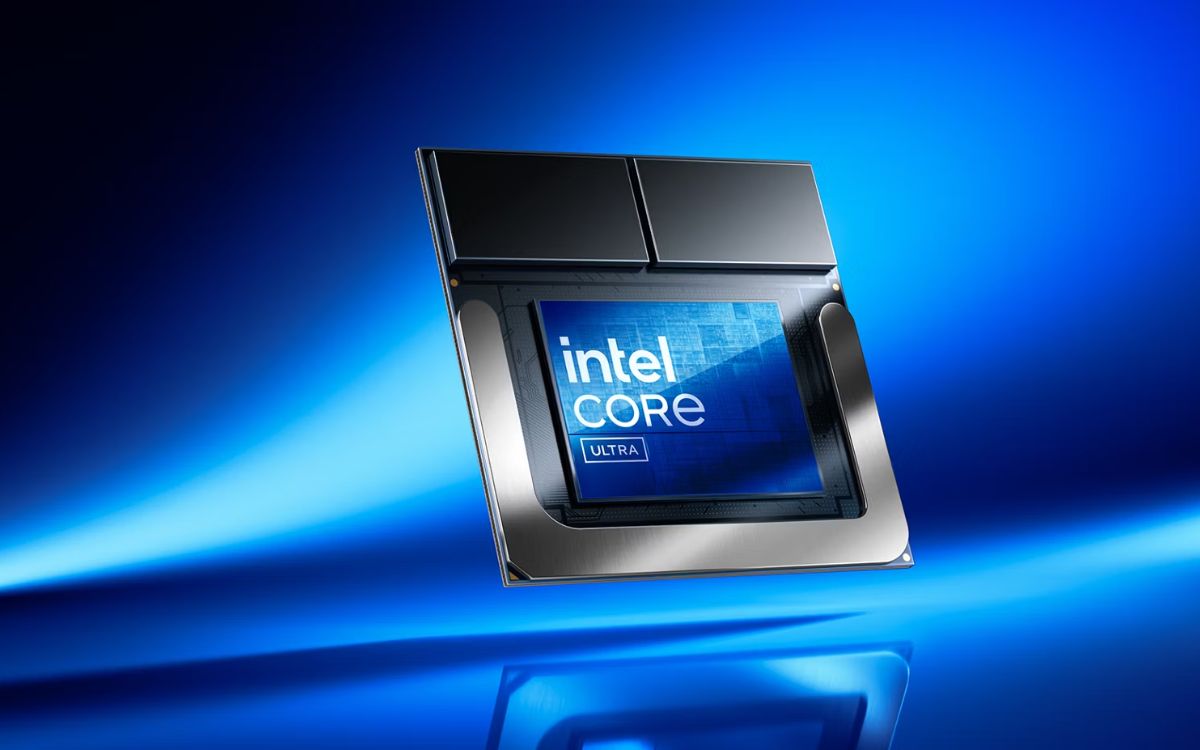
Intel’s vice president of technical marketing, Robert Hallock, said that discussions about x86 and ARM chips — such as which architecture consumes more power — are based on “false claims.”
It’s no surprise that the manufacturer would take this stance, considering that it is responsible for the design of most of the world’s x86 chips. However, the professional – who also worked at AMD – tells Notebookcheck that the debate goes beyond what is addressed by most industry statements.
It is our company’s belief that the conversations that occur about power consumption in ARM vs. x86 are based on false claims, because it is not the instruction set architecture (ISA) that largely dictates power.
Robert Hallock

The discussion from Intel’s perspective
For Hallock, the debate within Intel always leads to one aspect of the vision for x86 and ARM chips – what will be included in the processors that will increase energy consumption or savings.
Our view is actually physics: transistors cost power. A CPU design that adds more cores, increases the size of the NPU, adds graphics, or has additional manufacturing complexity is not free. These decisions intrinsically increase the package power consumption and overall TDP from what consumers have historically seen from conventional Windows and Linux processors.
Robert Hallock
See more:
They see that regardless of whether Intel switches to ARM or sticks with x86, what makes up its processors will dictate whether or not there will be a lot of energy consumption.
In other words: enhancing the features and performance that the market expects has a ‘typical cost’, regardless of whether it’s an x86 or ARM ISA. So if the complexity of adding costs power in any ISA, then it becomes a battle between which design stack brings the best performance/power/area (PPA) to meet consumer expectations.
Robert Hallock

The public’s view
For the general public, the issue is quite simple: smartphones and notebooks with ARM, whether via Qualcomm or Apple Snapdragon processors, consume less energy and have a longer battery life.
The x86 models are seen as “power hungry”, whether they are used in desktops, mobile devices (such as ultra-thin notebooks) or servers.

However, Hallock claims that Intel will address this in the Lunar Lake generation. In May, he told PCGamer that this view on the subject was limited and does not summarize the differences that exist between x86 and ARM.
It’s not x86 or ARM that determines power consumption. It’s the physical design of the chip. It’s the design of the chip. It’s the process technology used, the packaging technology used. We’re relentlessly optimizing every component of this platform, one-watt panels, the most efficient memory, the most efficient SSDs. That’s what determines battery life. That’s what determines CPU consumption.
Robert Hallock

Finally, he points out that Lunar Lake CPUs, known as Intel Core Ultra 200V, will clearly show how this consumption issue is not the real difference in the x86 architecture compared to ARM.
What you’ll see from the Lunar Lake lineup is x86 powered like never before. We relentlessly tested every single engine execution on this chip to extract the best performance per watt we could. We touched everything. Graphics, packaging, cores, manufacturing, every component has been improved.
Robert Hallock
Fonte: PCGamer

Join the Adrenaline Offers Group
Check out the best deals on hardware, components and other electronics that we found online. Video cards, motherboards, RAM and everything you need to build your PC. By joining our group, you receive daily promotions and have early access to discount coupons.
Join the group and enjoy the promotions
Source: https://www.adrenaline.com.br/intel/intel-revela-que-debate-sobre-x86-e-arm-e-baseado-em-falsas-afirmacoes/


